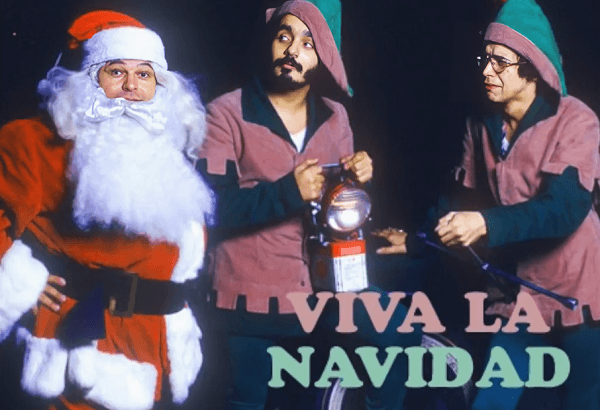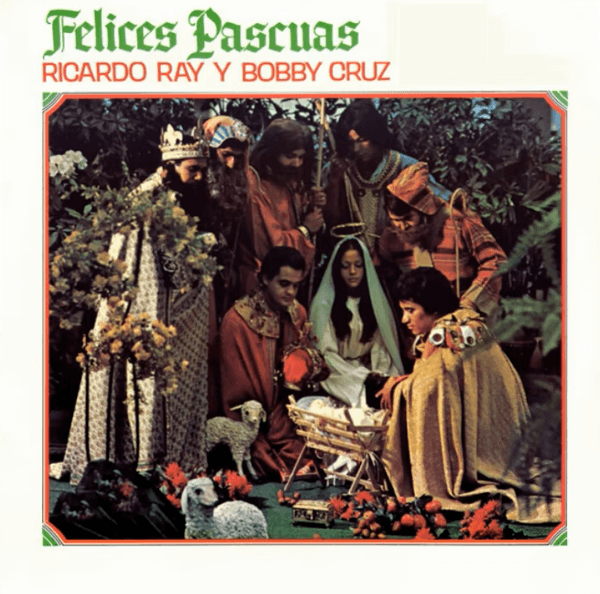Latinoamerica / Colombia / Cali
Elizabeth
Latin percussionist born in Cali, Colombia. Since she was little she felt passion for music, singing, dancing and playing percussion. At the age of 17, she was invited by her cousin to a rehearsal and since she saw the Timbal she knew she had to undertake ‘the conquest for him’.

The first orchestra with which he worked was called Tumbadora, made up of women. Three years later she joined the Canela Orchestra, made up of 13 women and internationally recognized. Thanks to the tutelage and trust of percussionists from the most important groups in Colombia, such as Grupo Niche, Orquesta Guayacán, la Identidad and others, she was able to move forward and thus demonstrate that women, with effort, passion and dedication can conquer any instrument of percussion.

Elizabeth has had the opportunity to travel the world and share the stage with renowned artists such as Gilberto Santarosa, Andy Montañez, la Sonora Ponceña and the Gran Combo de Puerto Rico. With the latter two, he had the opportunity to share Timbal solos at the Bacardi Salsa Congress in Puerto Rico.

She recorded on the first album of Grupo Kemade Colombia directed by one of the most important musical producers in Colombia, José Aguirre, former director of Grupo Niche, Son de Cali and Yuri Buenaventura. In the educational field, Elizabeth founded the Percussion Academy in Cali which she directed for four years. In it children and adults received instruction.

Elizabeth has been based in Tampa, Florida for four years, where she develops as an independent musician. There he has shared the Timbal with renowned musicians such as Chago Martínez (timbalero and musical director of Víctor Manuelle), La India, Isidro Infante, Ramón Sánchez, Jerry Rivera and Michael Stuart. He is currently part of the Sol Caribe Orchestra.


Elizabeth has always proudly played the Timbale LP ‘Stainless Steel’, model Tito Puente. In her own words “I’m happy with my Timbale! I feel safe, calm and I love its sound”.


Facebook: https://www.facebook.com/pg/elisabethtimbal/posts/?ref=page_internal


































